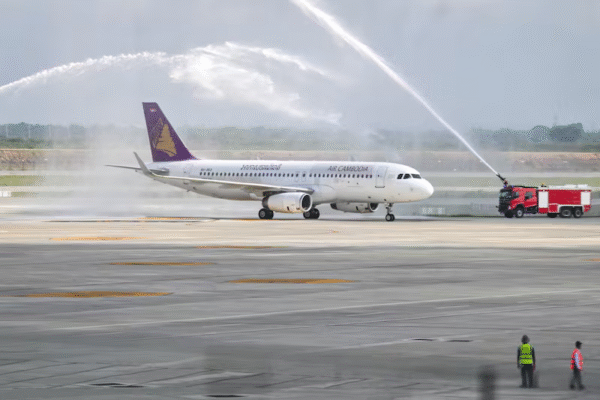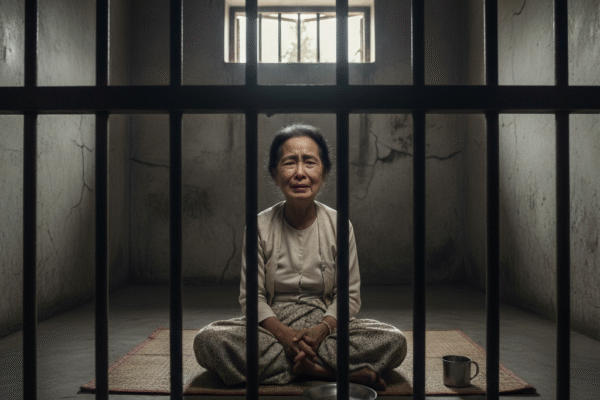Kim open to talks if U.S. drops denuclearization demand
North Korean leader Kim Jong Un said he is open to talks with the United States, but only if Washington drops its demand that Pyongyang abandon its nuclear weapons program. Kim made the remarks during a recent session of the Supreme People’s Assembly, state-run Korean Central Television (KCTV) reported Monday. He said he has “good memories” of President Trump from their previous summits and would consider talking if the United States changes its stance. The statement marked Kim’s first public response to Trump’s recent overtures and underscored the gulf between the two sides. Dropping the U.S. goal of North Korean denuclearization would represent a major shift in American policy and a significant concession to Pyongyang. Trump has continued to tout his personal rapport with Kim, but the White House told Reuters in July that the ultimate objective of U.S. policy remains the complete denuclearization of North Korea. The two leaders surprised the world with an impromptu meeting at the Demilitarized Zone in 2019, when Trump briefly stepped across the border into North Korea to shake Kim’s hand — a symbolic moment that underscored their unconventional diplomacy. Kim also stressed he has no intention of resuming dialogue with South Korea, a key U.S. ally that helped arrange the earlier Trump-Kim summits during Trump’s first term. Tensions on the peninsula have deepened as Kim accelerates weapons development and strengthens ties with Russia amid the war in Ukraine. In a separate interview with the BBC, South Korean President Lee Jae Myung said he would support a deal in which North Korea freezes production of its nuclear weapons rather than fully dismantling them, if such an agreement could be reached between Trump and Kim. We are : Investigative Journalism Reportika Investigative Reports Daily Reports Interviews Surveys Reportika







